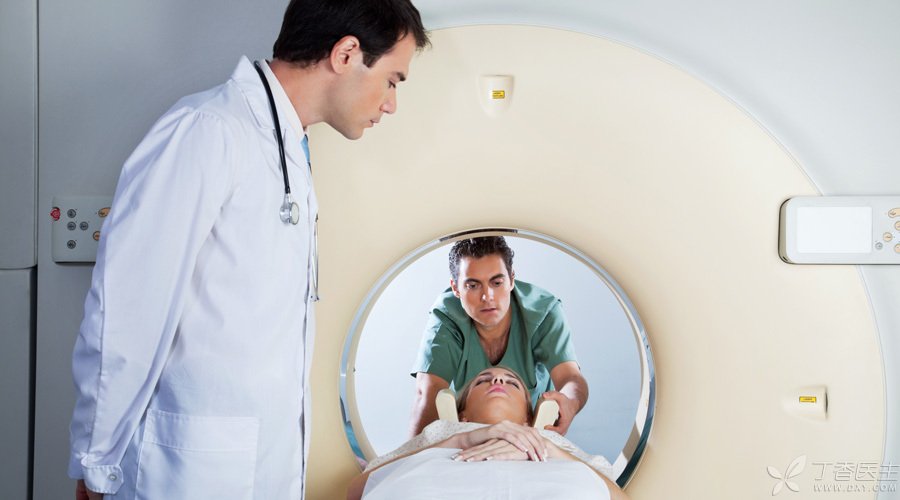
According to data released by the World Health Organization in 2014, The incidence and mortality of lung cancer in the world continue to be the highest among all kinds of malignant tumors. Although the diagnosis and treatment technology of lung cancer is continuously improving, most patients only seek medical treatment when clinical symptoms appear, and most of them are found in the middle and late stages. At present, only 10% of asymptomatic patients can be found in the early stage (stage I) and obtain radical treatment opportunities.
China is a big tobacco consumer, with serious air pollution and rising incidence of lung cancer. Therefore, early screening of lung cancer is urgent.
Routine screening methods for lung cancer include X-ray chest film examination, sputum cytology examination and serum tumor marker detection, However, these screening methods are limited by sensitivity and specificity, while conventional CT has a large cumulative radiation dose and is expensive. Therefore, how to find the best balance between radiation dose and diagnostic image quality is also one of the current research hotspots.
What is a low dose CT?
Since the 1990s, low dose CT (LDCT) has emerged as a new examination method.
As the name implies, LDCT is a CT that allows the examiner to eat less radiation. Because the lungs are structurally different from other tissues and organs, High gas content and low density, Very low doses of X-rays can produce satisfactory images, The radiation dose of low-dose CT is reduced by 75% ~ 90% compared with that of conventional dose CT. Because it is re-imaged after computed tomography, LDCT also overcomes the shortcoming that X-ray chest films are not sensitive to non-calcified small nodules, can find small diseases with a diameter of less than 5 mm, and the examination cost is lower than that of common CT. Large-scale clinical trials show that low-dose CT can find more early resectable lung cancer, especially suitable for lung cancer screening in high-risk groups.
Data Talk: Advantages and Disadvantages of Low Dose CT
The 10-year-long large sample [International Action Plan for Early Lung Cancer] study, which began in 1993, pioneered LDCT screening for lung cancer. The study conducted annual LDCT examination on 31 567 asymptomatic lung cancer high-risk groups, and finally screened 484 lung cancer patients, 85% of whom were stage I lung cancer. The 10-year survival rate of stage I lung cancer patients undergoing surgical resection after screening was as high as 92% [1].
The National Lung Cancer Screening Test (NLST) Research Group of the United States conducted low-dose spiral CT screening on more than 50,000 high-risk groups with heavy smoking from 2002 to 2004. Chest X-ray screening was used as control. Low dose spiral CT was performed once a year. After 3 years of continuous screening, It can reduce the absolute risk of lung cancer death by 0.33%, The relative risk is reduced by 20% [2]. The medical profession generally believes that LDCT is the most promising lung cancer screening method at present. The ability of this technology to detect small pulmonary nodules is 10 times that of X-ray chest films. Small lung cancer with no distant metastasis, only local infiltration and diameter < 1 cm can be found. 80% ~ 90% of tumors can be cured by adequate surgical resection [3].
At present, the most controversial problem in LDCT screening for lung cancer lies in the high false positive rate and over-diagnosis. The NLST study defined positive results as all non-calcified nodules with diameter ≥ 4 mm. Among the positive results (non-calcified nodules) found in the 3 years, the false positive results were 96.2%, 97.6% and 94.8% (that is, more than 90% of the lesions were not lung cancer), of which 7% of the false positive patients underwent unnecessary invasive examination, compared with 4% in the X-ray chest film group.
The high false positive rate of LDCT has caused psychological burden to many patients. How to accurately define positive pulmonary nodules and reduce the follow-up times, invasive examination and surgical operation of CT as much as possible while avoiding missed diagnosis is an urgent problem to be solved in LDCT screening lung cancer.
Which groups need screening?
Available evidence only confirms that people at high risk of lung cancer can benefit from LDCT screening. The 2015 Guidelines for Lung Cancer Screening of the National Comprehensive Cancer Network (NCCN) define people at high risk of lung cancer as:
1. Age ≥ 55 years old, smoking ≥ 30 packs of years, and quitting smoking for less than 15 years;
2. Age ≥ 50 years old, smoking ≥ 20 packs of years and additional lung cancer risk factors (such as family history, occupational exposure history, etc., but excluding secondhand smoke).
(Note: The package year is the number of packages smoked per day multiplied by the number of years of smoking)
However, at present, air pollution has been proved to be another important cause of lung cancer [4]. Due to the serious air pollution in our country, lung cancer patients tend to be younger, and there are also a large number of non-smoking lung cancer patients. Do non-smokers need screening? At present, there is still a lack of unified opinions on the definition of lung cancer screening target population, which needs further discussion.
[Unexpected Harvest] of Low Dose CT
Another [benefit] for patients screened by LDCT is that other abnormalities, such as tumor lesions of thyroid gland, mediastinum, coronary artery, breast and even abdomen, can often be found during screening. If this part of tumor is removed early or coronary artery diseases are intervened early, the goal of reducing mortality can also be achieved.
In short, the application value of low-dose CT in screening high-risk population of lung cancer is obviously better than that of X-ray chest film, which can find more early resectable lung cancer. However, the definition of LDCT screening population and positive lung nodules is still controversial.
Editor: Liu Yinghui
Author: Xu Feng
